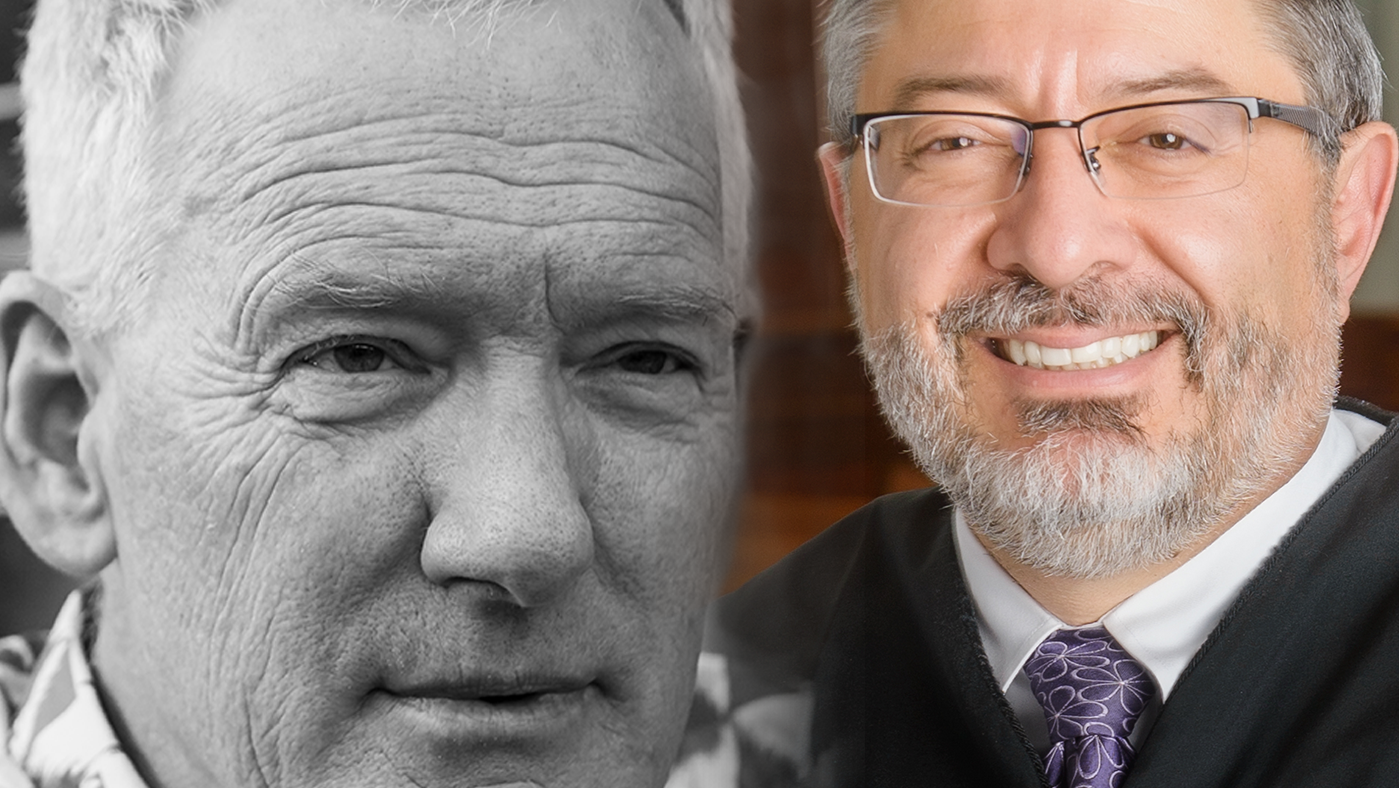In August, a Utah task force on access to justice issued a report that called for “profoundly reimagining the way legal services are regulated in order to harness the power of entrepreneurship, capital, and machine learning in the legal arena.”
Two days later, the Utah Supreme Court voted unanimously to approve the report’s recommendations, including substantially loosening regulatory restrictions on lawyers and creating a “regulatory sandbox” to allow a market of non-traditional legal entities to provide legal services in the state.
In this episode of LawNext, we take an in-depth look at this unprecedented experiment in enhancing access to justice through regulatory reform. Joining me to discuss the report, Narrowing the Access-to-Justice Gap by Reimagining Regulation, and its implementation are the cochairs of the Task Force, who will now continue as cochairs to oversee the implementation of the recommendations:
Justice Constandinos “Deno” Himonas was appointed to the Utah Supreme Court in February 2015 by Gov. Gary Herbert. Prior to his appointment, he served as a trial court judge for over 10 years. A 1989 graduate of the University of Chicago Law School, he began his legal career as a litigator with the law firm of Jones, Waldo, Holbrook & McDonough, where he focused on complex civil litigation.
John R. Lund is past-president of the Utah State Bar and partner with Parsons Behle & Latimer in Salt Lake City, where he focuses his practice on litigation and trial work. A 1984 graduate of the University of Utah S.J. Quinney College of Law, he is also chair of the Utah Supreme Court’s Advisory Committee on the Rules of Evidence.
Further reading:
- Utah Supreme Court Votes to Approve Pilot Allowing Non-Traditional Legal Services.
- Utah Task Force Calls for ‘Profoundly Reimagining the Way Legal Services Are Regulated’.
NEW:
We are now on Patreon! Subscribe to our page to be able to access show transcripts, or to submit a question for our guests.
Comment on this show: Record a voice comment on your mobile phone and send it to info@lawnext.com.
 Robert Ambrogi Blog
Robert Ambrogi Blog